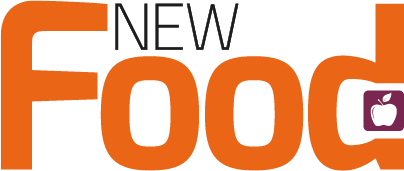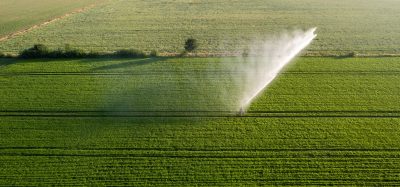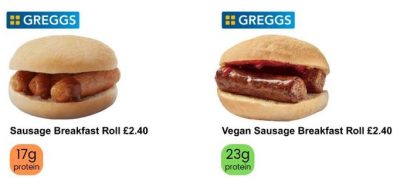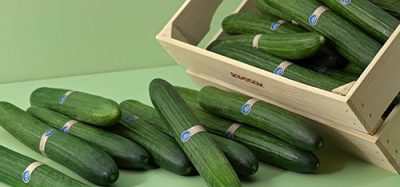New study highlights demand for standardised animal welfare labelling on meat products
Posted: 28 October 2025 | Ben Cornwell | No comments yet
A new study reveals strong consumer support for standardised animal welfare labelling on meat products, as the UK prepares its upcoming Animal Welfare Strategy.
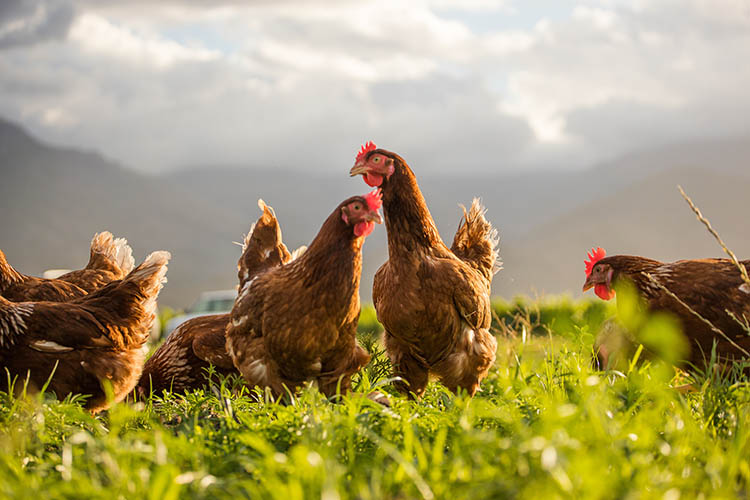

Calls for standardised animal welfare labelling on meat products are growing as the government prepares to publish its new Animal Welfare Strategy by the end of 2025. Fresh research shows more than 80 percent of UK shoppers are concerned about chicken welfare, and 71 percent would pay more for higher-rated meat if it were available.
When clear information is available, consumers use it. Nearly half of the shoppers’ decision weights in our study were based on the labels, far outweighing price.”
The study, conducted in September 2025 by Professor Amitav Chakravarti of the London School of Economics, tested consumer reactions to a government-backed proposal for a five-level rating system covering meat and eggs.
Under the scheme, currently under review by the Department for Environment, Food and Rural Affairs (DEFRA), ‘1’ would indicate the highest-welfare domestic products while ‘5’ would mark the lowest, including imports that fail to meet UK standards.
Consumer priorities revealed
Key findings from the survey of 260 people include:
- Over 80 percent of respondents said they were concerned about the conditions in which chickens are raised.
- More than 85 percent reacted positively to the ratings system, while 97 percent said they found it informative.
- In a “shelf test”, welfare ratings accounted for 49.3 percent of shoppers’ decision-making – more than double the influence of price (23.5 percent), and far above origin (16 percent) or cut of meat (11 percent).
- 71 percent said they would prefer to purchase chicken not reared in factory farm conditions, even if it cost more.
- Three-quarters felt that farming practices are not communicated clearly, and 77 percent believe welfare in typical UK chicken farms is moderate or low.
“When clear information is available, consumers use it. Nearly half of the shoppers’ decision weights in our study were based on the labels, far outweighing price,” said Professor Chakravarti. “This shows that standardised labelling could have a major impact on the market and significantly improve animal welfare.”
At present, most chicken sold in UK supermarkets comes from “faster-growing” breeds selectively bred to reach slaughter weight in weeks. Welfare groups warn these birds are more likely to suffer lameness, heart failure and respiratory problems.
Economic and political momentum
DEFRA’s 2021 Impact Assessment had already concluded that clearer labelling could increase farmers’ profits by £40 million annually and deliver a net benefit of £140 million to society over ten years. It also found that existing assurance schemes were poorly understood, with only 27 percent of consumers recognising RSPCA Assured and 64 percent saying they did not understand Red Tractor. The department calculated that a benefit of just 40 pence per consumer would offset the costs of introducing the scheme.
Abigail Penny, Executive Director of Animal Equality UK, added: “This study shows clearly that consumers want reliable, standardised information about how animals are farmed. A clear, consistent label would give the public the tools to make informed choices at the point of purchase.”
Calls for action are gathering pace in Westminster. A 2024 DEFRA consultation on animal welfare method-of-production labelling found that 99 percent of respondents supported the idea, while MPs from across the political spectrum endorsed the concept during a Westminster Hall debate in June 2025.
The government has pledged the “biggest boost in animal welfare in a generation” and is expected to publish its Animal Welfare Strategy before the end of 2025. DEFRA estimates that mandatory welfare labelling could improve the lives of around 110 million chickens, 700,000 hens and 510,000 pigs every year.
Related topics
Animal Welfare, Clean Label, Environment, Labelling, Packaging & Labelling, Regulation & Legislation, retail, Supermarket, Sustainability, The consumer, Trade & Economy
Related organisations
Animal Equality UK, Department for Environment Food and Rural Affairs (Defra), London School of Economics (LSE)
